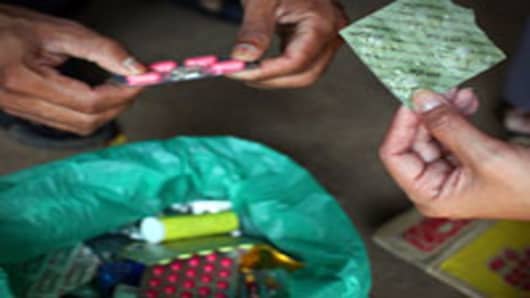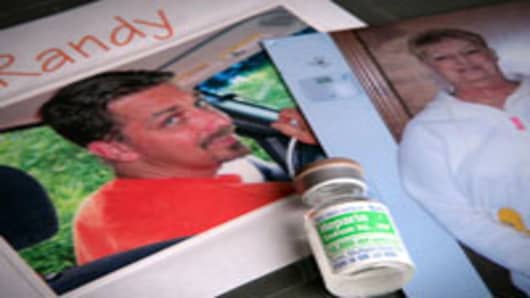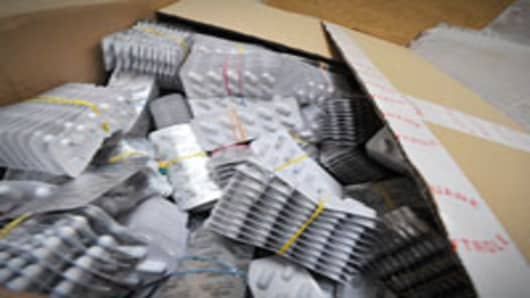Counterfeit prescription pharmaceuticals are a growing trend, widely recognized as a public health risk and a serious concern to public health officials, private companies, and consumers.
In some countries, counterfeit prescription drugs comprise as much as 70 percent of the drug supply and have been responsible for thousands of deaths in some of the world’s most impoverished nations, according to the World Health Organization (WHO).
In most of the world’s developed countries, however, effective regulatory systems and market controls cause an extremely low proportion of counterfeit drugs, usually below 1 percent. Even so, patients in developed countries can be affected by counterfeit drugs, and deaths linked to them occur every year in the U.S. and Western Europe—and even more often in South America, Asia, and Africa.
Counterfeit pharmaceuticals are undoubtedly a billion-dollar industry, though some estimate it to be much larger. Peter Pitts, president of The Center for Medicine in the Public Interest and former FDA associate commissioner, estimates that in 2010, activities related to counterfeit drugs generated $75 billion, based on information obtained from government organizations. He expects it to grow by 20 percent annually in the coming years. If this estimate is correct, the counterfeit drug industry generates nearly as much cash as the world’s fourth-largest health care company by revenue, AmerisourceBergen, which has generated approximately $79 billion over the past 12 months.
In this CNBC.com special report, we take an in-depth look at the world of counterfeit pharmaceuticals, from the dangers they pose and where they’re made, to what is being done to combat them.
What Are Counterfeit Drugs?






